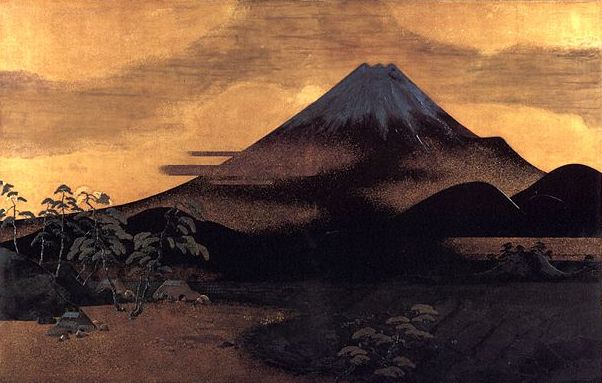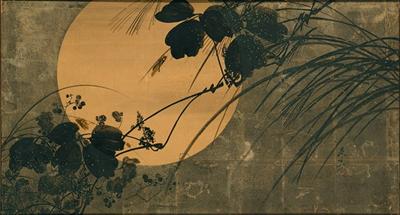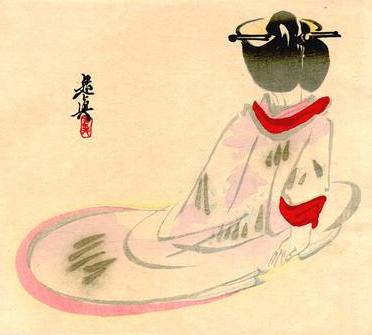Japan art and Shibata Zeshin (1807-1891)
Lee Jay Walker
Modern Tokyo Times

The artist Shibata Zeshin (1807-1891) belongs to the Edo and Meiji periods of Japanese history. He fully understood the artistic shifting sands that took place in Japan. However, while Zeshin gained notoriety outside Japan, he was often deemed outside the lacquerer angle with being limited in scope concerning his print art and paintings.
Of course, Zeshin had many admirers in Japan – from laypeople to the upper echelons of the Meiji political elites. Yet, his name never reached the heights of other painters and print artists during the same time period.

The British Museum says Zeshin was ” Best known as a lacquer craftsman, trained from the age of eleven with Koma Kansai II (1766-1835); also successful painter in the Shijo style, which he studied under Suzuki Nanrei (q.v.) from the age of sixteen.”
He was well versed in high culture from a young age. Thus outside of the world of art, he focused on poetry (haiku and waka), history, literature, philosophy, the tea ceremony, and other areas concerning the aesthetics of Japanese art from other periods of history.


Japanese lacquer art attracted interest internationally during the earlier part of the Meiji Period (1868-1912). Hence, the work of Zeshin became admired outside his native land.

Modern Tokyo News is part of the Modern Tokyo Times group
DONATIONS to SUPPORT MODERN TOKYO TIMES – please pay PayPal and DONATE to sawakoart@gmail.com
http://moderntokyotimes.com Modern Tokyo Times – International News and Japan News
http://sawakoart.com – Sawako Utsumi personal website and Modern Tokyo Times artist
https://moderntokyonews.com Modern Tokyo News – Tokyo News and International News
http://global-security-news.com Global Security News – Geopolitics and Terrorism
PLEASE JOIN ON TWITTER
https://twitter.com/MTT_News Modern Tokyo Times
PLEASE JOIN ON FACEBOOK
https://www.facebook.com/moderntokyotimes